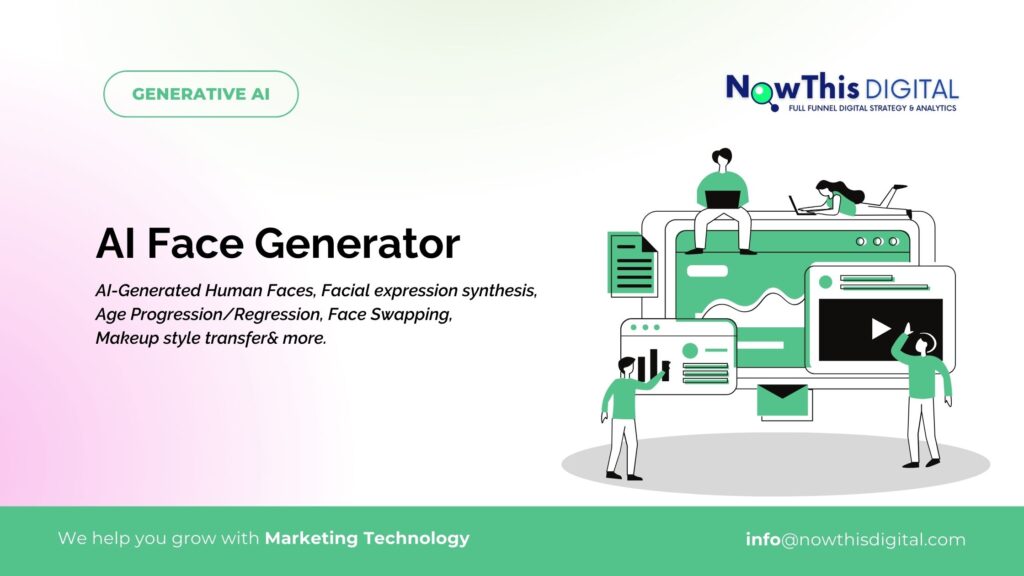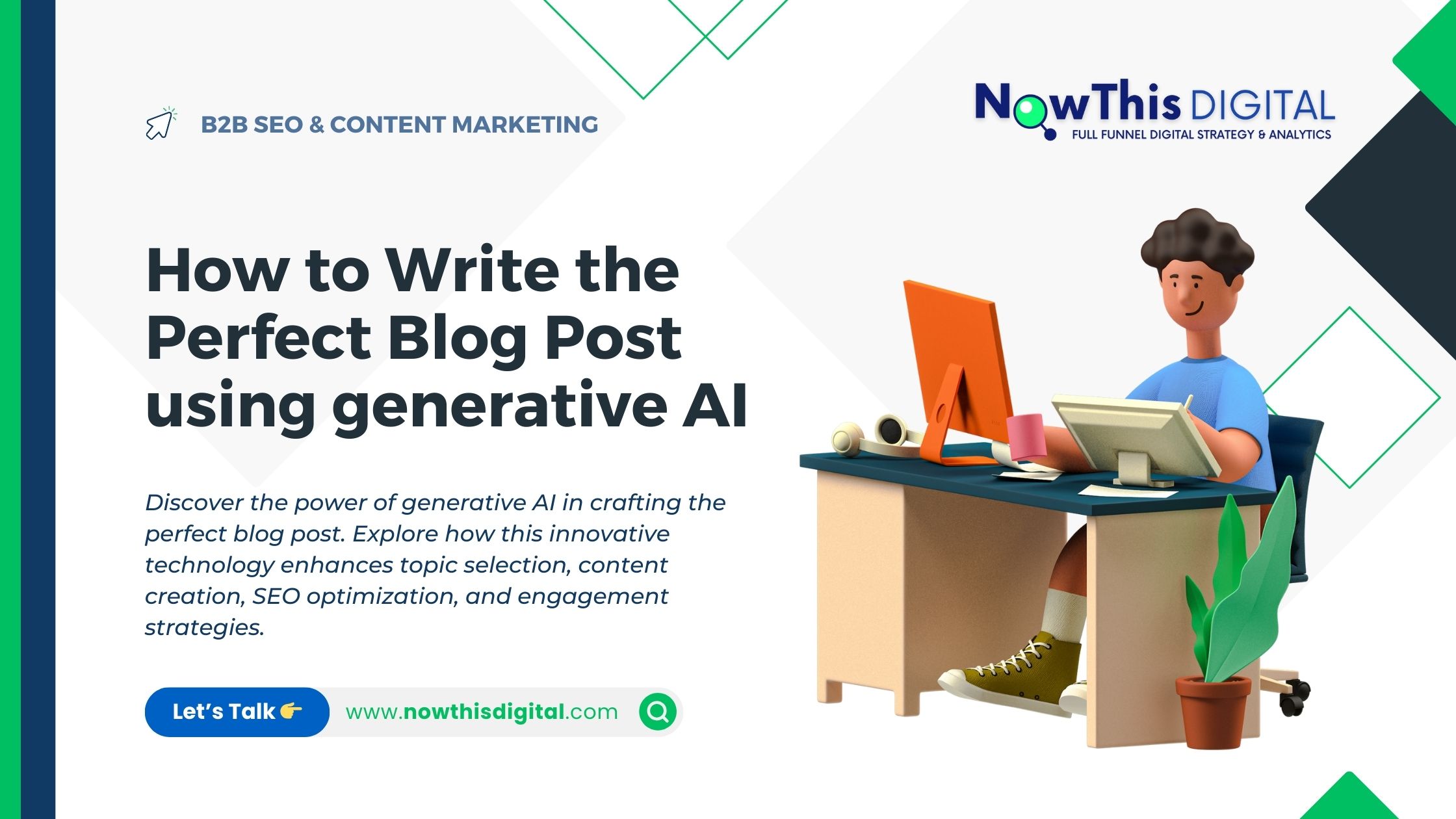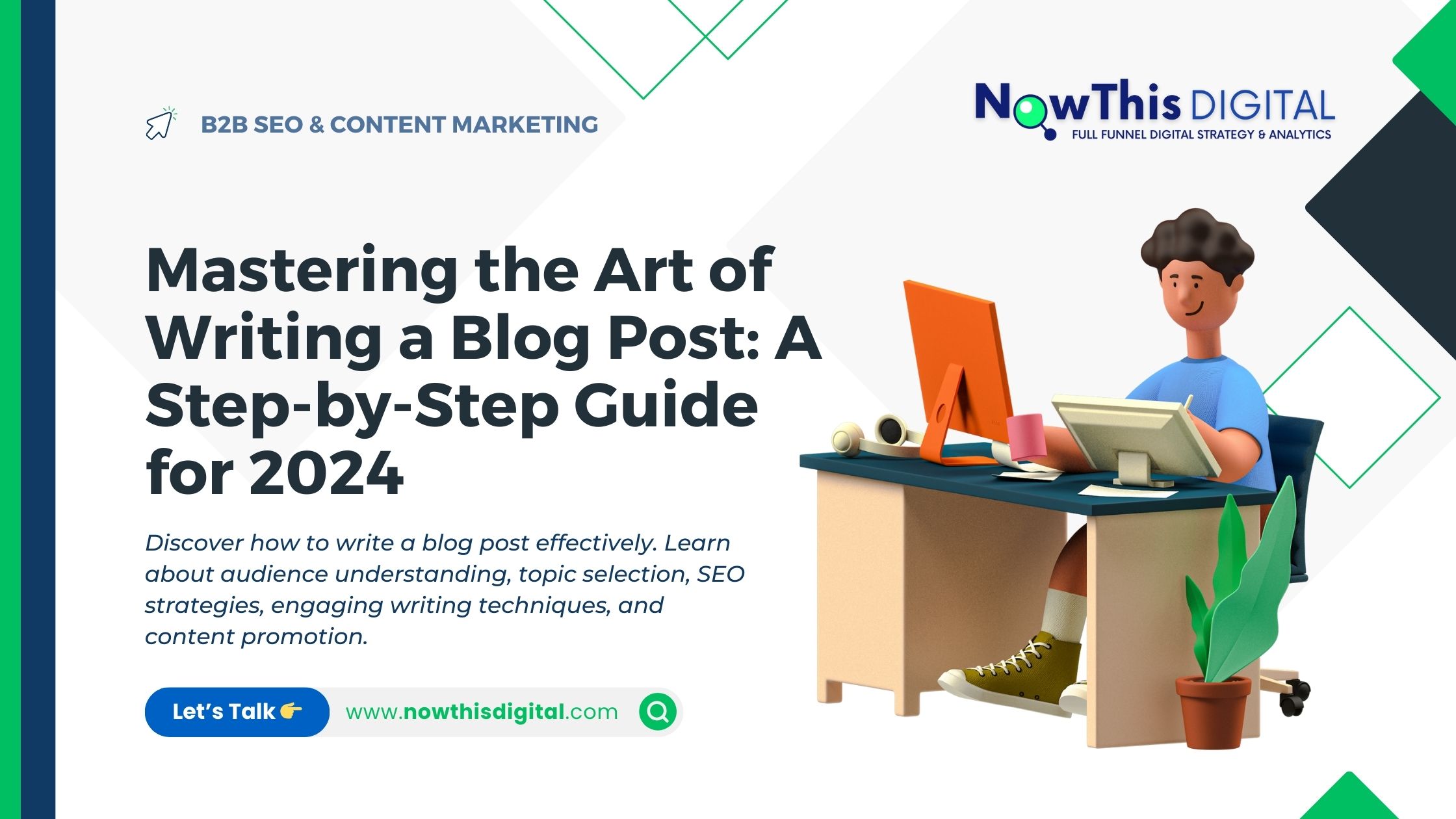AI Face Generator
How to Create AI-Generated Human Faces in Seconds
AI Face Generators are online tools powered by artificial intelligence that can create realistic human faces in seconds. They offer a fascinating and versatile way to generate unique portraits for various purposes, including:
- Concept art and illustration: Designers and artists can use AI-generated faces to create characters and models for their work without relying on real-life photo models.
- Advertising and marketing: Businesses can use these tools to generate diverse and realistic images of people for their ads, banners, and social media campaigns.
- Gaming and animation: Developers can create realistic characters and populate their virtual worlds.
- Personal use: You can use AI Face Generators to create portraits of yourself, your family, or even fictional characters you have imagined.
Here are some popular AI Face Generator tools:
1. NightCafe Creator
NightCafe Creator offers a user-friendly interface where you can create portraits based on text prompts like “CEO”, “Beautiful woman”, or “Sumo wrestler”. You can also choose from various preset styles like “Artistic Portrait”, “B&W Portrait”, or “Color Portrait”.
2. Picsart
Picsart’s AI Face Generator allows you to customize your portraits with specific styles like pop art, surrealism, black-and-white, anime, and more. You can also adjust facial features like hair color, eye color, and skin tone.
3. Canva
Canva’s AI Person Generator lets you create photorealistic faces for your pitch decks, websites, product demos, and other creative projects. You can choose from a range of pre-made templates or create your own custom faces.
4. Face Generator
Face Generator offers realistic AI-generated faces for a one-time purchase or a monthly subscription. They use model-released images to train their AI, ensuring ethical and bias-free results.
5. Fotor
Fotor’s AI Face Generator allows you to create lifelike full-body human pictures, generate AI headshots, swap faces in photos, and more. You can provide a text description of the face you want to create, including gender, age, and ethnicity, and Fotor will instantly generate a unique portrait.
Other AI Face Generator Tools:
- This Person Does Not Exist
- Artbreeder
- Midjourney
- Dall-E 2
- StyleGAN3
How to Create AI-Generated Human Faces:
- Choose an AI Face Generator tool.
- Enter a text prompt or select pre-made templates.
- Customize the facial features and style (if applicable).
- Generate the image.
- Download or save the image.
Important Note:
While AI Face Generators offer a powerful tool for creating realistic human faces, it’s important to use them ethically and responsibly. Be mindful of potential biases and avoid using these tools to create harmful or offensive content.
AI Face Generator tools have gained popularity for their ability to create realistic and convincing human faces in a matter of seconds. These tools leverage advanced artificial intelligence algorithms, often based on Generative Adversarial Networks (GANs) or similar architectures. Here’s an overview of how to create AI-generated human faces and some popular tools in this domain:
How to Create AI-Generated Human Faces in Seconds:
- Select a Platform or Tool:
- Choose from various online platforms or standalone tools that offer AI Face Generation capabilities.
- Input Parameters:
- Typically, users can input parameters such as age, gender, ethnicity, and other facial features to customize the generated faces.
- Algorithm Processing:
- The AI algorithm processes the input parameters and generates a unique human face based on learned patterns and features from a training dataset.
- Preview and Refine:
- Users can preview the generated faces and make further adjustments or refinements to achieve the desired outcome.
- Download or Export:
- Once satisfied with the generated face, users can download or export the image for various purposes, including digital art, avatars, or other creative projects.
AI face generation refers to the use of artificial intelligence (AI) techniques, particularly deep learning, to generate realistic and high-quality images of human faces. This field has seen significant advancements in recent years, thanks to the development of powerful deep learning models and access to large datasets.
One popular approach to AI face generation is through the use of Generative Adversarial Networks (GANs). GANs consist of two neural networks: a generator and a discriminator. The generator creates synthetic images, and the discriminator evaluates them for realism. The two networks are trained in a competitive manner, where the generator aims to create increasingly realistic images, and the discriminator becomes better at distinguishing real from fake images. This adversarial training process helps the generator improve its ability to produce lifelike faces.
Generative Adversarial Networks (GANs):
Architecture:
Generative Adversarial Networks (GANs) operate on a dual neural network system consisting of a generator and a discriminator. The generator’s role is to create synthetic faces, while the discriminator evaluates these faces for realism. The adversarial training process involves a continual back-and-forth, with the generator striving to produce more convincing faces, and the discriminator enhancing its ability to differentiate between real and generated images.
Loss Function:
The crux of GANs lies in the adversarial relationship between the generator and discriminator. The generator aims to minimize the likelihood of the discriminator correctly identifying fake samples, while the discriminator seeks to become increasingly accurate in its judgments. This adversarial interplay results in the generation of high-quality, lifelike faces.
StyleGAN and StyleGAN2:
Progressive Growing:
StyleGAN and its successor, StyleGAN2, introduced the innovative technique of progressive growing. This approach involves starting with a lower resolution and progressively increasing it during training. This helps the model capture both fine and coarse details in facial features, contributing to the generation of more realistic and high-resolution images.
Latent Space:
Operating in a latent space, StyleGAN models allow for meaningful changes in the input vector to correspond to semantically meaningful changes in the generated image. This provides users with greater control over specific facial features, expressions, and styles, enhancing the versatility of the generated faces.
Training Data and Datasets:
CelebA, FFHQ, and More:
The quality and diversity of the training dataset significantly impact the success of AI face generation. Datasets such as CelebA, comprising images of celebrities, and FFHQ, a high-quality dataset, play crucial roles. These datasets expose the model to a wide range of facial characteristics, expressions, and backgrounds, enabling it to generalize well.
Data Augmentation:
To enhance model robustness, data augmentation techniques are employed. Random rotations, flips, and color adjustments introduce variability into the training data, enabling the model to handle different facial variations and improve its overall performance.
Applications and Use Cases:
Digital Art and Content Creation:
AI-generated faces find applications in digital art and content creation, providing artists and designers with a starting point for creating unique and imaginative characters. The technology opens up new possibilities for creative expression in the digital realm.
Virtual Avatars and Gaming:
In the gaming industry, AI face generation contributes to the creation of realistic and customizable avatars for players. This enhances the gaming experience by providing more immersive and personalized virtual environments.
Ethical Considerations and Deepfakes:
Deepfake Awareness:
The rise of deepfake technology, which shares similarities with AI face generation, has raised ethical concerns. Deepfakes involve the manipulation of videos, including face swapping, leading to potential misuse for malicious purposes. This highlights the importance of raising awareness about deepfakes and the ethical considerations associated with their creation and dissemination.
Responsible AI Practices:
In response to ethical concerns, developers and researchers are urged to adopt responsible AI practices. Transparency, accountability, and ethical considerations are crucial to ensure the positive and ethical deployment of AI face generation technology.
Future Directions and Challenges of :
Fine-Grained Control:
Ongoing research focuses on providing users with more fine-grained control over generated faces. This involves enabling specific adjustments to facial features, expressions, and styles, allowing for greater customization and creative expression.
Cross-Domain Generation:
Exploration into generating faces in different domains is an active area of research. This includes the generation of realistic faces from sketches, age progression/regression, and other transformations that expand the capabilities of AI face generation models.
Challenges and Limitations of AI Face Generation:
Despite the impressive advancements of AI Face Generation , challenges persist. Efforts are ongoing to reduce artifacts and unrealistic features in generated images. Additionally, addressing biases in AI face generation models remains a priority to ensure fairness and prevent the amplification of societal biases.
AI Face Generation Conclusion :
AI face generation has evolved into a dynamic field with significant implications for various industries. The interplay of GANs, progressive growing techniques, and the utilization of diverse datasets has propelled the creation of highly realistic faces. The ethical considerations surrounding deepfakes underscore the need for responsible AI practices. Ongoing research aims to provide users with more control over generated faces, opening up new possibilities for creative expression. As the field continues to advance, addressing challenges and ensuring ethical deployment will be pivotal for the positive impact of AI face generation technology.
Facial expression synthesis based on similar faces












